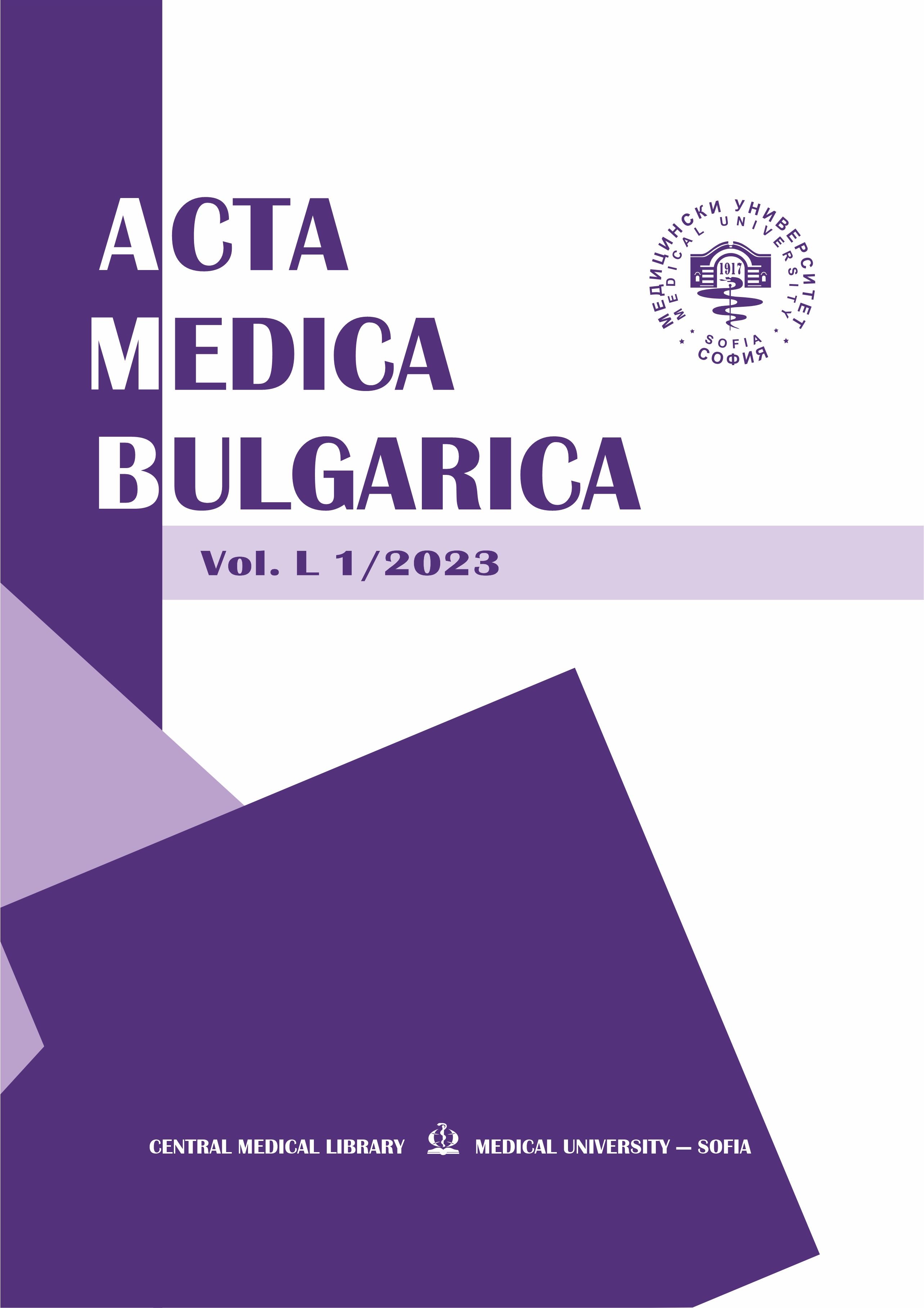Telemedicine in Ophthalmology: Lessons from the COVID-19 Era and Beyond
DOI:
https://doi.org/10.2478/AMB-2023-0012Keywords:
teleophthalmology, telemedicine, telehealth, COVID-19, information and communication technologies, healthcareAbstract
The progress of information and communication technologies in the era of COVID-19 created an unprecedented opportunity for medicine to adapt to new models of care. Telemedicine and telehealth have enabled medical care at a distance in various fields, including ophthalmology. The aim of this article is to review the current state and the opportunities for telemedicine in ophthalmology.
Materials and methods
PubMed, ScienceDirect Database, Google Scholar databases, as well as official sites of various governmental and non-governmental institutions were explored. The search was conducted between May 1, 2022 and July 31, 2022 using as key words “teleophthalmology”; “telemedicine/telehealth and ophthalmology”; “ophthalmology and COVID-19”.
Results
87 primary sources were reviewed. An exploratory analysis of the current state and application of telemedicine in ophthalmology was made.
Conclusion
A great number of innovations have created an environment allowing for teleophthalmology to flourish, whereas the COVID-19 epidemic has accelerated the development and adoption of these digital technologies. Telemedicine has become an extremely valuable tool during a pandemic, and even if it would never fully replace in the person-to-person patient visits, it certainly has an important role in our dynamic and high-tech world.
References
Patel S, Henderson R, Bradley L et al. Effect of visual display unit use on blink rate and tear stability. Optom Vis Sci. 1991;68(11):888-892.
Hansen MH, Laigaard PP, Olsen EM, et al. Low physical activity and higher use of screen devices are associated with myopia at the age of 16-17 years in the CCC2000 Eye Study. Acta Ophthalmol. 2020;98(3):315-321.
Lingham G, Mackey DA, Lucas R, Yazar S. How does spending time outdoors protect against myopia? A review. Br J Ophthalmol. 2020;104(5):593-599.
Brooks SK, Webster RK, Smith LE, et al. The psychological impact of quarantine and how to reduce it: rapid review of the evidence. Lancet. 2020;395(10227):912-920.
Wu P, Duan F, Luo C, et al. Characteristics of Ocular Findings of Patients with Coronavirus Disease 2019 (COVID-19) in Hubei Province, China. JAMA Ophthalmol. 2020;138(5):575-578.
Lurie N, Carr BG. The Role of Telehealth in the Medical Response to Disasters. JAMA Intern Med. 2018;178(6):745-746.
Ting DSW, Carin L, Dzau V, et al. Digital technology and COVID-19. Nat. Med. 2020;26:459-461.
Li JO, Liu H, Ting DSJ, et al. Digital technology, tele-medicine and artificial intelligence in ophthalmology: A global perspective. Prog Retin Eye Res. 2021;82:100900.
American Academy of Ophthalmology. Important coronavirus updates for ophthalmologists. Available from: https://www. aao.org/headline/alert-important-coronavirus-context
Williams AM, Kalra G, Commiskey PW, et al. Ophthalmology Practice During the Coronavirus Disease 2019 Pandemic: The University of Pittsburgh Experience in Promoting Clinic Safety and Embracing Video Visits. Ophthalmol Ther. 2020;9(3):1-9.
Powell S. Moorfields Eye Hospital patients test vision at home using app. Optometry today. Feb 25, 2021. Available from: https://www.aop.org.uk/ot/science-and-vision/technology/2021/02/25/moorfields-eye-hospital-patients-test-vision-at-home-using-app
AREDS2-HOME Study Research Group, Chew EY, Clemons TE, et al. Randomized trial of a home monitoring system for early detection of choroidal neovascularization home monitoring of the Eye (HOME) study. Ophthalmology. 2014;121(2):535-544.
Caffery LJ, Taylor M, Gole G, et al. Models of care in tele-ophthalmology: A scoping review. J Telemed Telecare. 2019;25(2): 106-122.
Big Picture. Available from: https://landing.bigpicturemedical.com/
Consultant connect. Available from: http://www.consultant-connect.org/
Attend Anywhere. Available from: https://www.attendany-where.com/
Alakidi A, Mihaylova V, Liochkova M, et al. Priority spheres and preferences for the general practitioner’s lifestyle. Part I. General Medicine. 2020;22 (4):3-10.
Kitova-John M, Tsigarovski G, Kitov B. Risk factors for the development of burnout syndrome by medical specialists. General Medicine. 2020;22(3):73-79.
Kitov B, Epifanceva E, Asenova R, Kitova T. Stress and its importance for the human body. General Medicine, 2020;22(6):74-80.
Downloads
Published
Issue
Section
License
Copyright (c) 2023 Acta Medica Bulgarica

This work is licensed under a Creative Commons Attribution-NonCommercial-NoDerivatives 4.0 International License.
You are free to share, copy and redistribute the material in any medium or format under these terms.


 Journal Acta Medica Bulgarica
Journal Acta Medica Bulgarica 